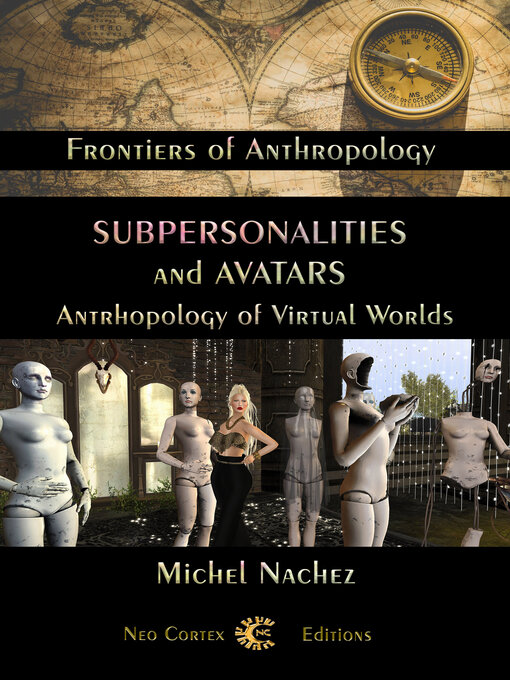This book is the result of a five-year ethnographic investigation into the question of the avatar in Second Life, one of the oldest virtual worlds. It was launched in 2003 and has now been in existence for over twenty years, with a strong community of residents. It takes stock of the question of the avatar's identity: What is an avatar? How is its identity constructed? What is a sub-personality and how does it behave?
The author, Michel Nachez, ethnologist and cyberanthropologist, tackles here a central question about the psychic transformation of people who use an avatar in virtual worlds over extremely long periods. It's not uncommon to meet people who have spent more than ten years in virtual worlds. What are the consequences of this? What can ethnology and psychology contribute as theories to explain the phenomenon?
Michel Nachez also tackles the question of the ethnologist immersed in the virtual world, a particular form of participant observation because the field is dematerialised even though it is located in a three-dimensional universe. He discusses the question of the split avatar: the one behind the screen and the one who is the ethnologist's 'digital puppet'.
Michel Nachez has a doctorate in Ethnology and specialises in non-ordinary states of consciousness and virtual communities in cyberspace. He taught for 20 years at the Institute of Ethnology in the Strasbourg University. His ethnographic research in Second Life was carried out over a period of five years. He also worked in the virtual world of the University of Strasbourg, the EVER Grid, for three years, where he was involved in virtual ethnomuseography and distance learning projects using avatars. He has also taught in Educational Sciences and at the École Supérieure d'Informatique pour l'Industrie et l'Entreprise.
